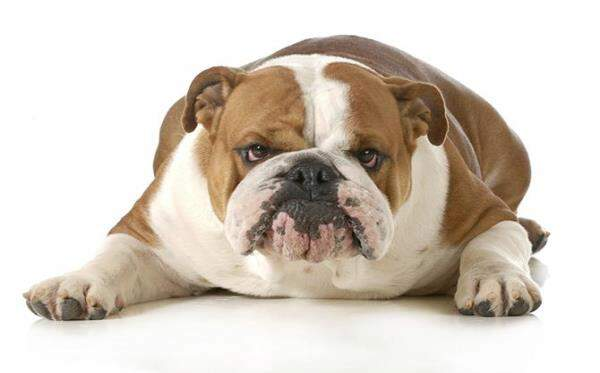Raw Food Diets for Dogs
- S B
- Jul 15
- 3 min read
Feeding your dog a raw diet is a hot topic these days. You’ve probably seen beautifully plated meals of raw chicken wings, beef organs, and veggies on social media. The promise? Shinier coats, cleaner teeth, and a “more natural” way to feed your pup.
But is raw feeding actually better, or just a trend? Let’s dig into what a raw diet really is, the upsides, the risks, and what most vets say about it.

What Is a Raw Food Diet for Dogs?
A raw diet (also called “BARF” – Biologically Appropriate Raw Food) typically includes:
Raw muscle meat (often still on the bone)
Raw bones (never cooked!)
Organs like liver or kidney
Raw eggs
Fruits and vegetables
Some dairy like yogurt or kefir
Some owners make homemade raw meals, while others buy pre-made raw food from pet stores or specialty brands.
The Pros (Why Some Dog Owners Swear By It)
Raw feeding has its fans for a reason. Here are some of the common benefits people report:
1. Healthier Coat & Skin
Many raw-fed dogs have noticeably shinier coats and less itchy, flaky skin (possibly thanks to increased healthy fats).
2. Better Dental Health
Chewing on raw meaty bones can help reduce plaque and keep teeth cleaner (though it’s not a replacement for brushing).
3. Smaller, Less Smelly Poops
Raw diets tend to be more digestible, which means less waste. And yes, it usually smells a lot better too.
4. More Energy
Some owners notice increased energy and leaner muscle tone, especially in active breeds.
The Cons (And Why Some Vets Are Cautious)
While raw diets can work well for some dogs, they aren’t risk-free. Here are the main concerns:
1. Bacterial Contamination
Raw meat can carry bacteria like salmonella, E. coli, or listeria, which can make both dogs and humans sick. Dogs may handle it better than we do, but the risk isn’t zero.
2. Nutritional Imbalance
Unless it’s carefully planned, a homemade raw diet can lack key nutrients like calcium, zinc, or vitamin D. Long-term, this can lead to serious health problems.
3. Bone Hazards
Raw bones are safer than cooked bones (which can splinter), but they can still cause broken teeth, choking, or blockages if not fed properly.
4. Not Ideal for Every Dog
Dogs with compromised immune systems, puppies, or seniors may not handle raw food as well. And some breeds are more sensitive to dietary changes than others.
What Do Vets Say?
This is where things get a little divided.
Many mainstream vets are cautious or outright opposed to raw feeding, mainly due to the risk of bacterial contamination and the difficulty of getting the nutrition right without professional guidance.
Holistic or integrative vets may be more open to raw diets, especially if they’re balanced and prepared safely.
The general consensus? If you’re going to feed raw, work with a vet or canine nutritionist to make sure it’s done correctly and safely.
Tips If You're Considering a Raw Diet
Start slow – Gradually transition your dog over 7–10 days.
Choose quality meat – Buy from trusted sources and store it properly.
Don’t wing it – Use balanced recipes or complete commercial raw meals, not just scraps or ground beef.
Keep it clean – Wash hands, bowls, and surfaces like you’re prepping raw meat for your own dinner.
Know your dog – Some dogs thrive on raw, some don’t. Pay attention to how yours responds.
For a more in depth look into this topic, visit this article!






Comments